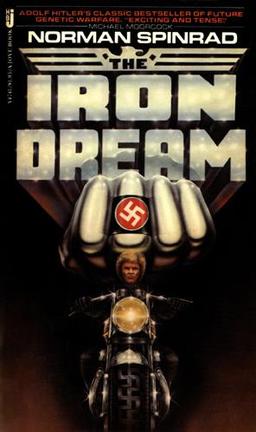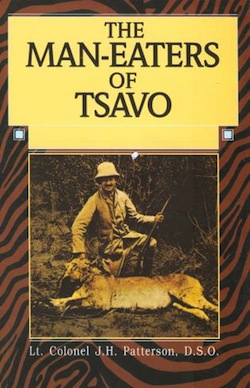Immaculate Scoundrels: That Tarantino-style Wuxia-80’s Heist-Fantasy Film… with Lizard People… you never knew you needed
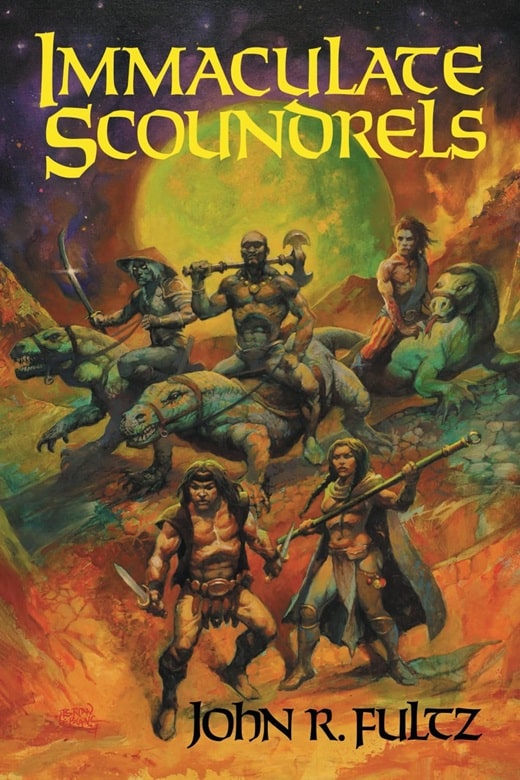 |
 |
Immaculate Scoundrels (Flying Wizard Press, March 5, 2024). Cover by Brian Leblanc
There are lots of jokes associated with being GenX; so many, in fact, that arguably, the best joke is being GenX, period. I mean, multiple discussions of various generations literally provided lists and manage to forget that there actually is a group of people born between 1965 and 1980 at all!
But thanks to the odd 80s nostalgia of Stranger Things, Maverick, and the never-ending exploitat… er… expansion of the Star Wars franchise… the rather odd era of Big Hair, Nuclear Escalation, the birth of the Summer Blockbuster and a lot of pretty bitchin’ music is in vogue. It was an interesting, weird and contradictory time to grow up, with a lot of contradictory media and mixed messages (I’ll never forget seeing a literal “Say No to Drugs” commercial attached to the trailer for Porkys).
The end result was a generation marked for having a certain feral cynicism born of constant reminder from about age 13 that we were the “baby bust” and had zero political or economic influence and likely never would so just “go do you.” And any inclination otherwise probably ended with the dot.com crash, 9/11 etc. all hitting as most of us were 25 – 33, with 1/2 the generation still on a Clintonian hangover and the other half still believing Reaganomics had been a thing.
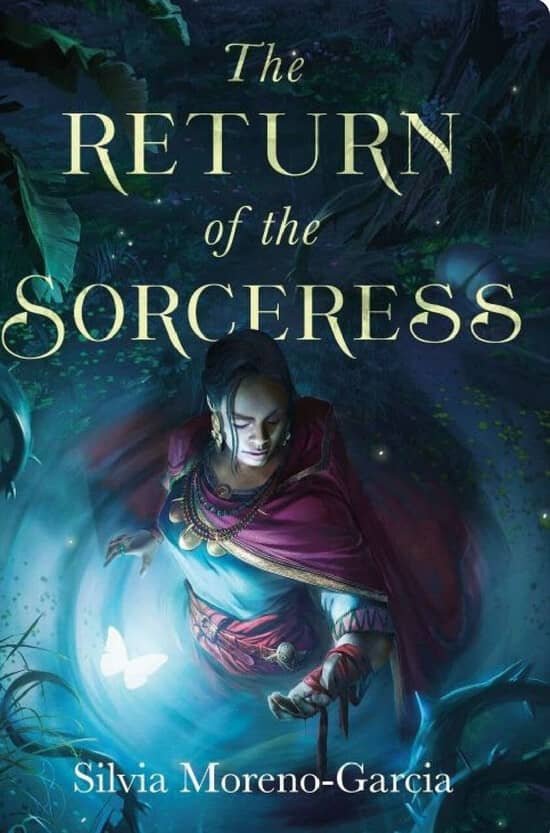

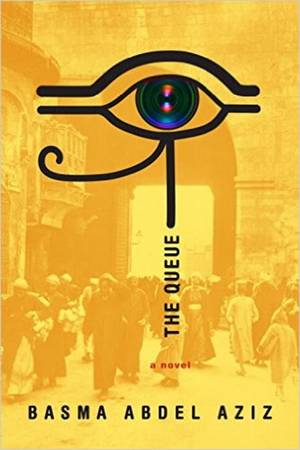
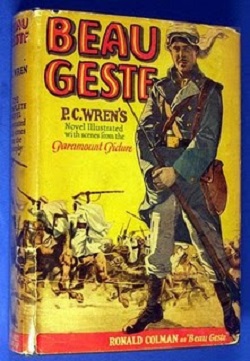 On my last trip to
On my last trip to 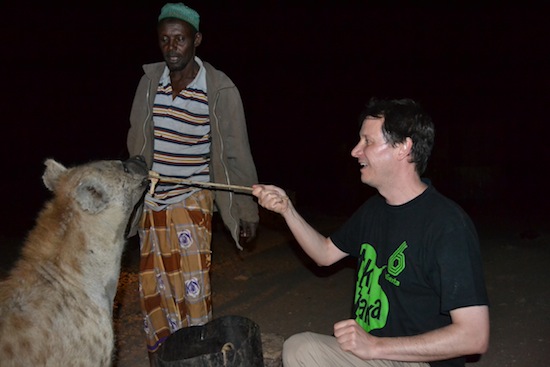
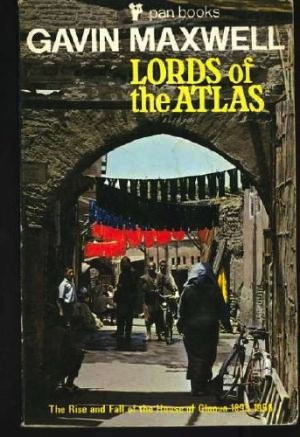 For people who have never been there, Morocco conjures up images of decadent ports, imposing casbahs, mysterious medinas, and mountains filled with bandits. It’s a mystique the tour companies like to perpetuate for this modern and rapidly changing country.
For people who have never been there, Morocco conjures up images of decadent ports, imposing casbahs, mysterious medinas, and mountains filled with bandits. It’s a mystique the tour companies like to perpetuate for this modern and rapidly changing country.